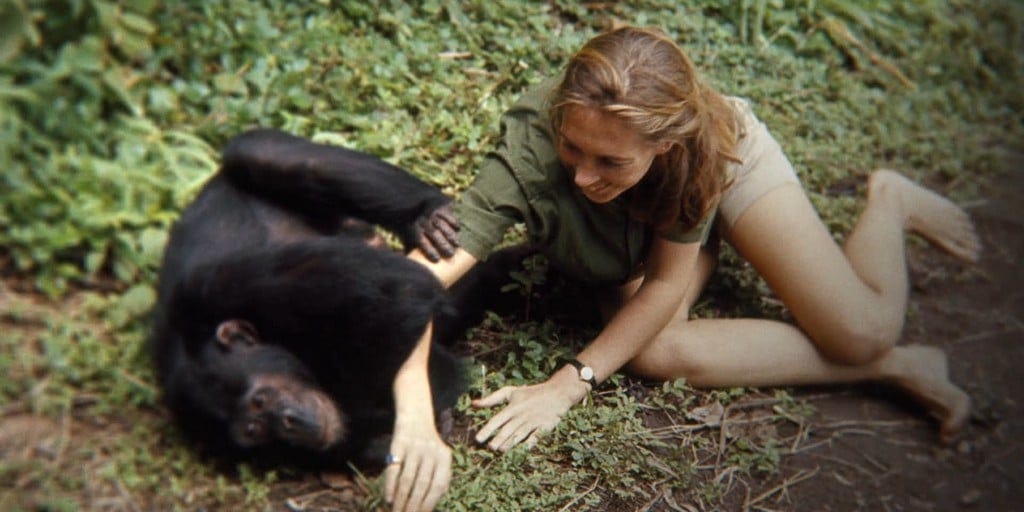‘Jane’ Stuns With Jaw-Dropping Footage and Iconic Adventure

Sometimes a new film project just ends up at your front door. At least that is what happened to Brett Morgen. One day he got sent over 100 hours of footage from National Geographic. His job was to take the footage and make it a compelling two-hour documentary. While Morgen’s past would dictate that he is only interested in the stories of rock stars, lik…
Keep reading with a 7-day free trial
Subscribe to Nonfics to keep reading this post and get 7 days of free access to the full post archives.



